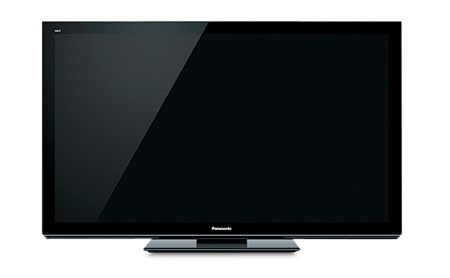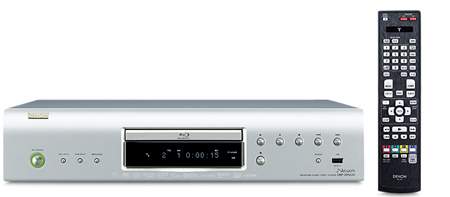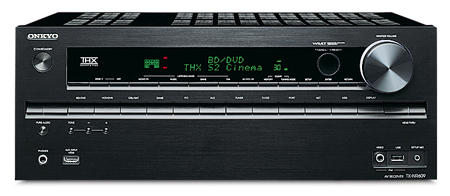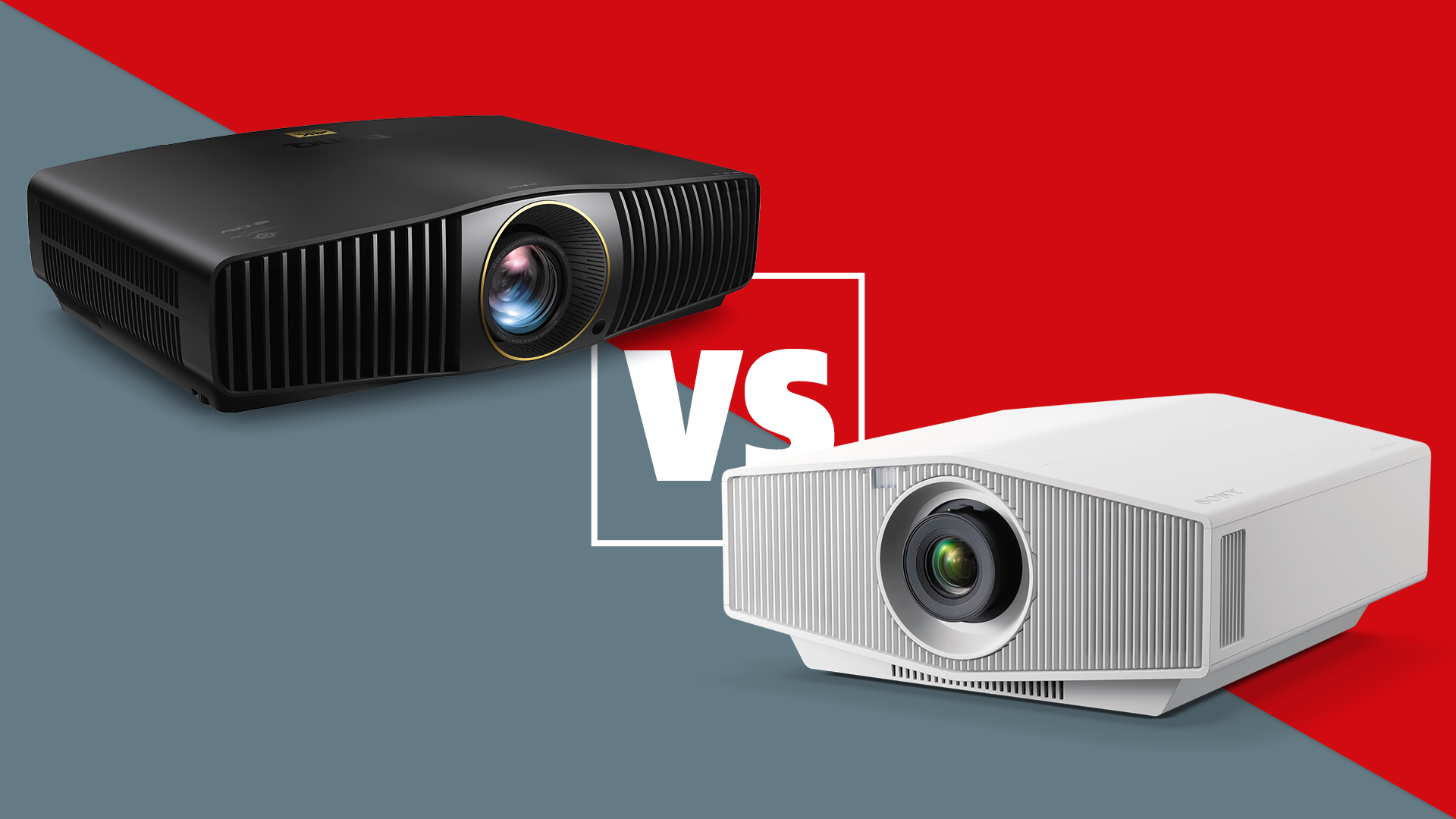JARGON BUSTER: All you need to know about upscaling

Upscaling? That’s about making your TV picture better, right?
Sort of. Upscaling – the process of digitally manipulating the resolution of a given image into another, higher-resolution image – can certainly look very impressive, but don’t assume that a budget Blu-ray player will always deliver a better picture from your TV just because it says the word ‘upscaling’ on its front panel: it’s not quite that simple.
It wouldn’t be. So… why not?
Modern display devices express detail in terms of native resolution, where one pixel corresponds to one individual dot of light on the screen.
Pixels are grouped in a grid, with the resolution figure citing first the number of vertical columns of pixels, then horizontal rows.
An example is the 1920 x 1080 resolution most common in today’s flat TVs: that’s 1920 columns of pixels by 1080 rows, which equates to a 16:9 aspect ratio (widescreen), with 2,073,600 pixels on the screen.
With us so far? Now – what happens if the video signal you want to watch has a different, lower resolution to that of your TV?
The latest hi-fi, home cinema and tech news, reviews, buying advice and deals, direct to your inbox.
That’s where upscaling comes in. Without it, a standard-definition picture (720 x 576) wouldn’t fill the screen of a 1920 x 1080 TV: in fact, it wouldn’t come anywhere near to it.
So – and this is the key bit – upscaling isn’t, in itself, a magic wand guaranteed to deliver a better picture. It’s more functional than that: it simply ensures that every pixel on your TV is doing its job by displaying an active picture signal.
The ‘magic’, such as it is, is delivered by an upscaler of better quality, which can carry out the complex calculations involved with fewer errors than the kit fitted as standard to your TV or projector.
One other thing: the correct terminology is actually ‘scaling’ – because, sometimes, it involves both ‘up’ and ‘down’ processes.
Downscaling? Why do that?
In the early days of flat televisions, there was a great deal more variation over resolutions than today. For example, early Panasonic plasmas were 853 x 480 panels, while pricier Pioneers had 1280 x 768 affairs.
Even with the launch of the HD-Ready spec for HD viewing, you’d frequently find 1366 x 768 panels, even though that wasn’t a precise match for either of the two HD specs (720p and 1080i).
Hence the need for scaling. Whether you were watching standard-definition TV or an HD source such as Sky+ HD, most older plasmas and LCD sets had to ‘scale’ the incoming video (either up or down, depending on the native resolution of the TV in question).
So even if your older, lower-resolution TV can accept 1080p video, you aren’t seeing 1080p video: you’re seeing that video scaled to suit the resolution of your telly.
So why does my upscaling DVD player make a difference to my picture quality?
Simple: it’s probably better at the job than your TV is, much as you can sometimes improve the sound of a CD player with an external DAC.
But just as a good upscaling AV amp, DVD player or Blu-ray deck can deliver great results with a budget TV, it might make less (or even no) difference to a better set or a good home cinema projector. These devices tend to include powerful scaling as standard.
How do I decide on the best scaling option for me?
You have to compare the options. First, leave your player or AV amp in ‘standard’ output form, and leave all the scaling work required to your TV. Then try turning it on and compare the two. Whichever alternative looks best to you, go for that…
How scaling works
Basic ‘interpolating’ scalers create new pixels of picture by deriving information from elements of nearby pixels and duplicating it. Obviously, the more this has to be done, the greater the potential for errors, particularly if the image is fast-moving.
That’s one (of several) reasons why readers often notice noise on their TVs when watching football. Bear in mind that an SD picture has 414,720 pixels, and that a Full HD TV has five times as many – 2,073,600 – and you can see how complex the task is.
Three key scaling options:

1) Your TV or projector
PROS: You don’t need to think about it: the display takes care of everything. Projectors tend to be pretty good at the job too, while the best TVs are catching up fast.
CONS: Depending on the television, the scaler included can be fairly prosaic. You’ll often find that a good DVD player, BD deck or AV amp can improve things – but at a cost, obviously.

2) Your DVD/BD deck
PROS: Depending on the quality of the player, you can see concrete improvements, with more stability and clarity. With some players, you’ll also get access to a range of additional picture-enhancing modes.
CONS: Budget decks may offer upscaling, but make sure you compare the results your player delivers with your TV’s quality. Oh, and fairly obviously, you only get the benefit with discs!

3) Your AV amplifier
PROS: It’ll work on more than just your DVDs, as you’ll be able to route other video sources – your set-top-box, games console and more – into the amp and scale there.
CONS: Much like the DVD/BD player option, quality varies. You’ve got to try the results for yourself – you might find your AV amp beats your TV, but equally, it might not.
Andy is Global Brand Director of What Hi-Fi? and has been a technology journalist for 30 years. During that time he has covered everything from VHS and Betamax, MiniDisc and DCC to CDi, Laserdisc and 3D TV, and any number of other formats that have come and gone. He loves nothing better than a good old format war. Andy edited several hi-fi and home cinema magazines before relaunching whathifi.com in 2008 and helping turn it into the global success it is today. When not listening to music or watching TV, he spends far too much of his time reading about cars he can't afford to buy.

